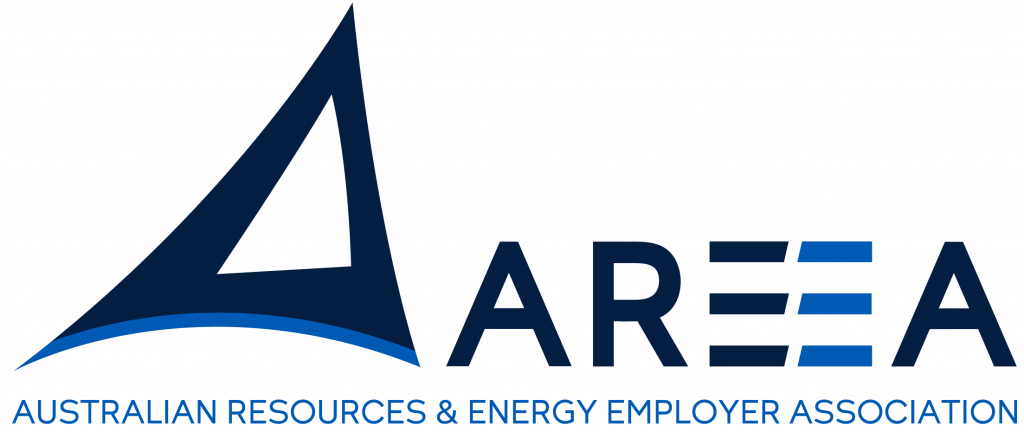IN a decision that has wide implications for how leave loading affects employee pay-outs, the NSW Local Court has ruled that untaken annual leave paid out to workers whose employment ends should be at the same value as if the leave was taken during employment.
The Court’s interpretation of s90(2) of the Fair Work Act will have wide practical impacts given the long-running employment principle is that untaken annual leave is not paid out with any loading considerations.
AREEA sought leave to intervene in the case, Ryan v Whitehaven Coal Mining Pty Ltd (26 July 2013) and submitted to the court that the Applicant’s claim was contrary to historical employment practice and inconsistent with 29 modern awards under the National Employment Standards (29).
Background
The Applicant (Ryan) resigned from his position with the Respondent (Whitehaven Coal Mining Pty Ltd) as a mine operator on 30 May 2011 and was paid for his untaken annual leave at his base rate.
Ryan brought an application against Whitehaven in the Industrial Magistrates Court of NSW claiming an unpaid amount of annual leave. The Applicant claimed by virtue of his employment contract, the relevant enterprise agreement and the National Employment Standards (NES), he was entitled to a 20% annual leave loading and a small bonus in his payment.
Ryan’s submission
Mr Ryan’s employment contract and the relevant enterprise agreement provided for a 20% total annual leave loading; while his employment contract stated that if he was dismissed, untaken annual leave would be paid at the ‘ordinary rate’.
Moreover, s90 of the Fair Work Act (‘payment of annual leave) states that:
- If, in accordance with this Division, an employee takes a period of paid annual leave, the employer must pay the employee at the employee’s base rate of pay for the employee’s ordinary hours of work in the period.
- If, when the employment of an employee ends, the employee has a period of untaken paid annual leave, the employer must pay the employee the amount that would have been payable to the employee had the employee taken that period of leave.’
Therefore Mr Ryan’s submission was that if he had taken a period of annual leave prior to the end of his employment, he would have received the 20% loading under the EA. When his employment came to an end, by virtue of s.90(2), he should have received the same loading.
It was submitted that the terms of s.90(2) are not ambiguous and should be given their ordinary English meaning.
Whitehaven’s submissions
Whitehaven contended that on termination of his employment, Mr Ryan should have received payment for annual leave at his base rate of pay only.
Whitehaven’s counsel, Yaseen Shariff, made extensive submissions in support of this position. Key submissions included that:
- s.90 needs to be construed in its statutory context. As a minimum standard, s.90(1) provides for employees to be paid at their base rate of pay for periods during which annual leave is taken, therefore at the end of employment an employee is to be paid for accrued untaken annual leave at the ‘base rate of pay’ also. This is in accordance with the clear purpose and intent of s.90 when read as a whole; and
- the NES are a discrete and standalone set of minimum entitlements. Ryan’s interpretation of s.90(2) is inconsistent with the NES being an independent standalone safety net.
His Honour noted that the intervener (AREEA) adopted and supported Whitehaven’s submissions and drew attention to the fact that of the Fair Work Commission’s 122 modern awards, 112 provide for annual leave loading, 29 state explicitly or implicitly that annual leave loading is not paid on termination, nine provide that annual leave loading is paid out on termination and 74 are silent.
AREEA argued that if Ryan’s submissions are correct, then 29 modern awards are in breach of the NES. AREEA also drew attention to the historical reason behind payment of annual leave loading, being compensation for overtime and allowances not payable during periods of leave. That reasoning was obviously not applicable once an employee’s employment had come to an end.
The decision
Magistrate Buscombe found in favour of Mr Ryan, ordering payment by Whitehaven of the sum of $2,376.25 in unpaid annual leave loading, plus interest.
His Honour’s reasoning was:
- An employee is to be paid annual leave under s.90(1) either at their base rate of pay (minimum standard) or at a higher rate of leave if provided by the enterprise agreement.
- In relation to an employee whose employment has come to an end, there are two categories:
- employees whose untaken leave is paid at higher than base rate as provided by the enterprise agreement; or
- those paid-out at base rate as provided by the agreement or, if the agreement is silent, the NES applies by virtue of the Fair Work Act.
- The legislature had in mind these two possible categories when enacting s.90(2). It intended to provide for a minimum standard whereby on termination of employment, an employee is to be paid the amount that he/she would have been paid if he/she had taken the unpaid annual leave as at the date the employment ends.
- This construction is consistent with the ordinary meaning of the words contained in it.
AREEA’s wrap-up
AREEA executive director, industry Scott Barklamb said: “This decision is by no means the end of this issue, rather than clearing up the ambiguities it has perpetuated them.”
“The court’s findings reveal the drafting of the statutory standard is a departure from long-standing industrial practice in relation to payment of leave loading on termination.
“Given the inconsistencies between the decision and existing business practice, we will now be looking to our policy makers to clearly restore the long-standing status quo in relation to these arrangements.”
For more information on this case, contact AREEA’s legal services team via 1800 627 771 or email [email protected]



